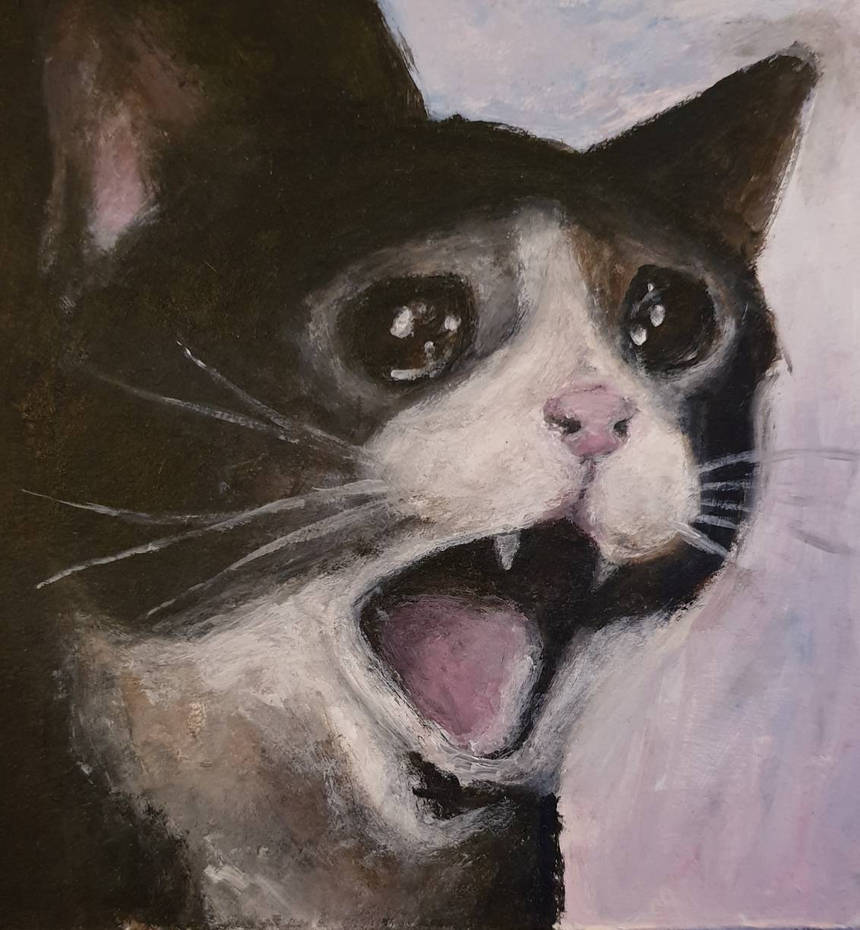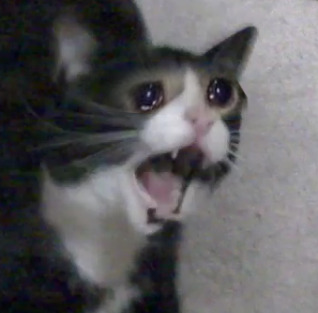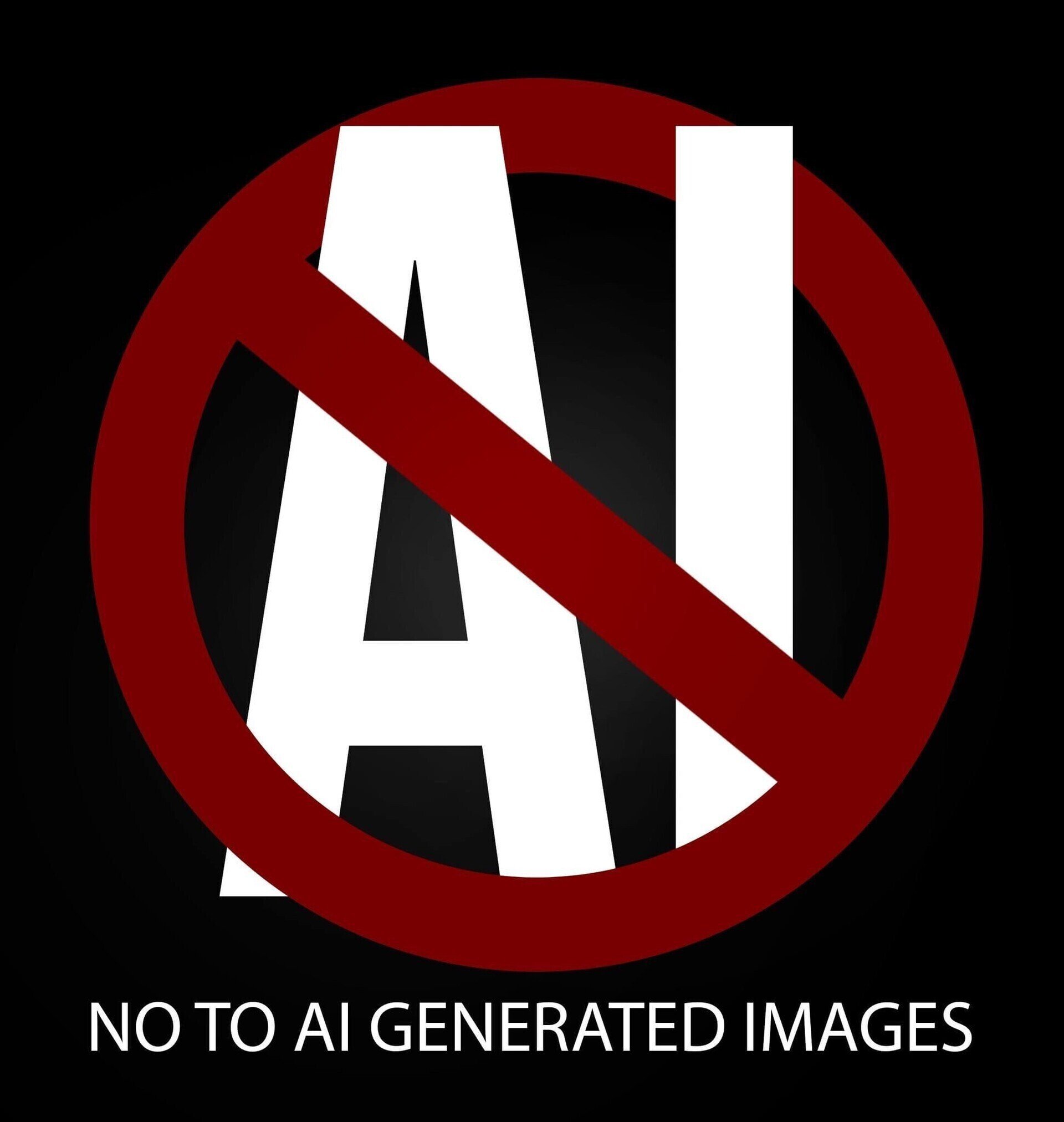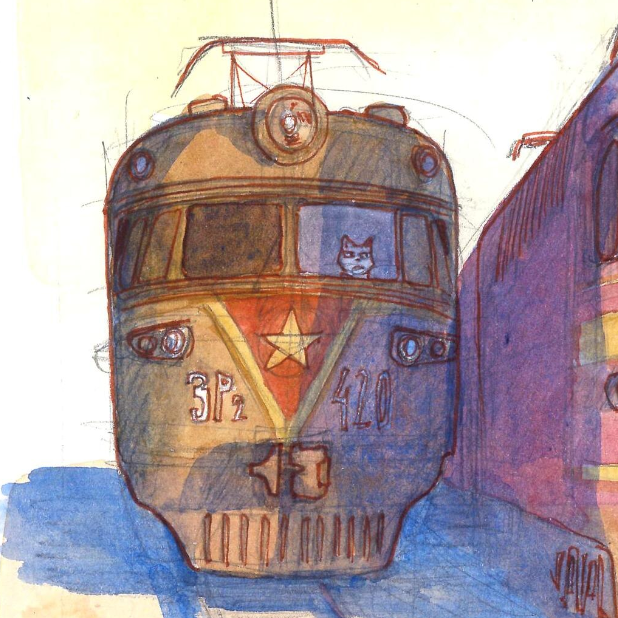I know I’m preaching to the choir here, but I wanted to post the reply I was writing to a comment on a now-deleted thread in @technology@lemmy.world (because it was only a screenshot of a post) regarding the Studio Ghibli style AI “art.”
How is that different than a human artist using their eyes to look at some Ghibli art, taking inspiration from the style, and making a unique drawing or painting with the same style? Artists take inspiration from and copy the style of other artists all the time. If I had the ability to copy the style of Leonardo da Vinci and if I made a painting of my daughter posing like the Mona Lisa on a street in New York, would I be counterfeiting the Mona Lisa? Same style, same pose, different character different backdrop, inspired by the original but not a copy of the original.
I won’t talk too much on the copyright aspect, but I want to comment about why I believe it’s different from an artist using “inspiration.”
I stumbled upon this artist’s video a while ago, where she included what I found to be a beautiful anecdote about some of the things that influence us, as human beings, when we produce art.
It’s not the same as with an AI, that processes hundreds of thousands of images (usually without the image owner’s knowledge or consent) and spits something out without feeling or thought. It’s a machine’s recreation that lacks depth.
Aside from “studies” where we try to copy the art exactly, usually used for learning techniques, we will rarely get a perfect recreation of likeness or style. Humans aren’t machines, and expressions of our personality, our life, and our hours or years of practice will show up in our artwork.
When an artist uploads their work, it’s meant for other people, fellow human beings, to see, to empathize with, and to hopefully take inspiration from. We’re happy when other people get inspired by our work and want to try something similar. Artists don’t feel that same joy with AI “art.” Nor were we expecting our work to be used as training data for generative AI.
It’s been a while since I’ve made art, and I haven’t uploaded anything in years, but this is why I strongly empathize with artists’ concerns lately about AI training off of our artwork.
tl;dr I don’t think it’s the same as artists “taking inspiration” from other work because it lacks the depth of human expression.
Sorry for the wall of text. Thank you for listening to my TED Talk.
In the City Museum in Groningen (a city in the north of the Netherlands), there’s of course a part of it dedicated to Van Gogh and expressionist works that he inspired in local artists. There’s this wall dedicated to sunflowers like Van Gogh‘s famous series and while it’s obvious what they‘re riffing on, each has their own unique divergences thanks to the artist. That mockery of Ghibli artists from generative AI could never.

Once someone posted an image of a Genshin Impact character, and after I commented “get that AI shit out of here” I got the usual load of ‘LOL okay’, ‘doesn’t matter its the future anyway’:
-it wasn’t good -It was low res -it wasn’t even the character the title said! They probably like AI art just because it’s easy, and then go to somersault-justify their shitty choice.I dig it. And I was planning on replying to that post – really just to say “become indigestible; grow spikes”.
The "inspiration is just like an algorithm” comparison always reminds me of this meme:

I think the people glossing over the details of what it means to manually crib someone’s style are missing something really important, too, which Cory Doctorow covers well in his post and podcast episode “Why I don’t like AI art”:
Now, I’m not much of a visual artist. I can’t draw, though I really enjoy creating collages
I can tell you that every time I move a layer, change the color balance, or use the lasso tool to nip a few pixels out of a 19th century editorial cartoon that I’m matting into a modern backdrop, I’m making a communicative decision. The goal isn’t “perfection” or “photorealism.” I’m not trying to spin around really quick in order to get a look at the stuff behind me in Plato’s cave. I am making communicative choices.
What’s more: working with that lasso tool on a 10,000 pixel-wide Library of Congress scan of a painting from the cover of Puck magazine or a 15,000 pixel wide scan of Hieronymus Bosch’s Garden of Earthly Delights means that I’m touching the smallest individual contours of each brushstroke. This is quite a meditative experience — but it’s also quite a communicative one. Tracing the smallest irregularities in a brushstroke definitely materializes a theory of mind for me, in which I can feel the artist reaching out across time to convey something to me via the tiny microdecisions I’m going over with my cursor.
Even if your goal is explicitly to copy a style, you can’t help but infuse your copy with some of your own essence. You’re looking at the original material through your own subjective lens, and that means there are things you’ll focus on and amplify, and other things you’ll soften and downplay.
Another great post from Cory Doctorow. Thank you for the link!
Wholeheartedly agree
I am going to put one of my earlier comments that is fairly relevant
Ah yes, because when humans do art we never add little touches that make it our own even if we are closely following the source material. Meanwhile AI only closely follows its data
Take for example this redraw of this meme:

Vs the original:

While they appear similar you can clearly see where they differ, with the end result being much better vs if they had copied the original more faithfully. Those changes were all intentionally done, based on the artists experiences biases and even mood. When AI makes changes it does not have the same intentions because it does not have artistic intent.
Art is a foundational way of human communication. AI slop is not that, as it mimics art while losing out on all but the most superficial of its communication.



